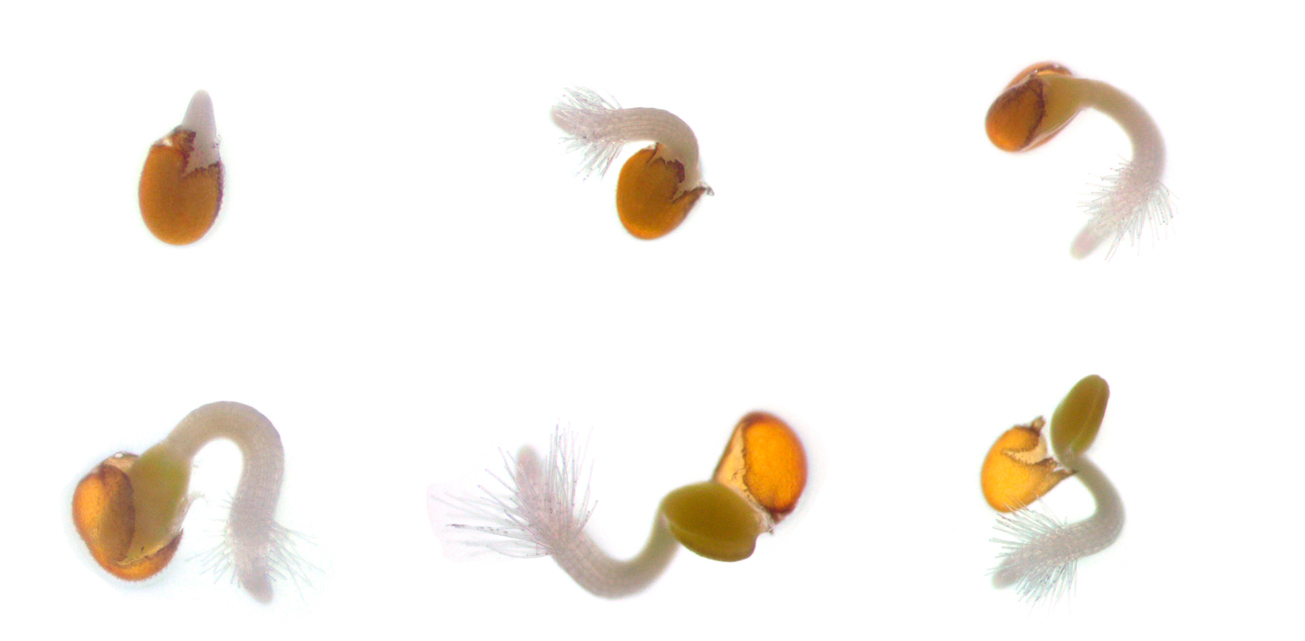Hydroponics is a soil-less method of growing plants, where nutrients are delivered directly to the roots through a nutrient-rich water solution. One of the most crucial steps in starting a hydroponic garden is germinating the seeds. Traditionally, rockwool has been used as a medium for germinating seeds in hydroponics. However, it has some drawbacks, such as being non-biodegradable and potentially harmful to the environment. In this article, we will explore alternative methods for germinating seeds in hydroponics without using rockwool, focusing on the benefits and drawbacks of each method, and providing step-by-step instructions for successful seed germination.
Coconut Coir

Coconut coir, made from the husks of coconuts, is an excellent alternative to rockwool for germinating seeds. It is biodegradable, sustainable, and has excellent water retention capabilities.
How to germinate seeds using coconut coir:
- Purchase coconut coir, which is available in bricks or loose form.
- If using a brick, soak it in water for a few hours to break it apart.
- Fill seedling trays or small containers with the moistened coconut coir.
- Plant the seeds according to the recommended depth on the seed packet.
- Place the containers in a warm, well-lit area and keep the coir consistently moist.
- Once the seeds sprout and develop their first set of true leaves, transplant them to your hydroponic system.
Peat Moss

Peat moss, a natural and sustainable growing medium, is another suitable alternative to rockwool for seed germination. It has excellent water retention and aeration properties, making it ideal for hydroponic systems.
How to germinate seeds using peat moss:
- Purchase peat moss from a garden center or online.
- Moisten the peat moss with water, ensuring it is damp but not soaking wet.
- Fill seedling trays or small containers with the moistened peat moss.
- Plant the seeds according to the recommended depth on the seed packet.
- Place the containers in a warm, well-lit area and keep the peat moss consistently moist.
- Once the seeds sprout and develop their first set of true leaves, transplant them to your hydroponic system.
Perlite

Perlite is a lightweight, porous volcanic rock that provides excellent aeration and drainage for seed germination. It is an inert material, meaning it won’t affect the nutrient balance in your hydroponic system.
How to germinate seeds using perlite:
- Purchase perlite from a garden center or online.
- Fill seedling trays or small containers with perlite.
- Plant the seeds according to the recommended depth on the seed packet.
- Moisten the perlite with water, ensuring it is damp but not soaking wet.
- Place the containers in a warm, well-lit area and keep the perlite consistently moist.
- Once the seeds sprout and develop their first set of true leaves, transplant them to your hydroponic system.
Vermiculite

Vermiculite is a lightweight, mica-based mineral that expands when heated. It has excellent water retention and aeration properties, making it ideal for seed germination in hydroponics.
How to germinate seeds using vermiculite:
- Purchase vermiculite from a garden center or online.
- Fill seedling trays or small containers with vermiculite.
- Plant the seeds according to the recommended depth on the seed packet.
- Moisten the vermiculite with water, ensuring it is damp but not soaking wet.
- Place the containers in a warm, well-lit area and keep the vermiculite consistently moist.
- Once the seeds sprout and develop their first set of true leaves, transplant them to your hydroponic system.
Paper Towels
Paper towels can also be used to germinate seeds for hydroponics, although this method requires more attention and care compared to other methods.
How to germinate seeds using paper towels:
- Moisten a paper towel with water, ensuring it is damp but not soaking wet.
- Place the seeds on the moistened paper towel, spacing them evenly apart.
- Fold the paper towel over the seeds, creating a moist environment for germination.
- Place the folded paper towel in a sealed plastic bag or airtight container.
- Place the container in a warm, well-lit area and check daily for moisture levels and seed germination.
- Once the seeds sprout, carefully transplant them to your hydroponic system, being cautious not to damage the delicate roots.
Conclusion
Germinating seeds for hydroponics without using rockwool is not only possible but also beneficial for the environment and your plants. Alternatives such as coconut coir, peat moss, perlite, vermiculite, and paper towels offer sustainable, effective, and eco-friendly options for seed germination in hydroponic systems. By following the step-by-step instructions provided for each method, you can successfully start your hydroponic garden without relying on rockwool.

